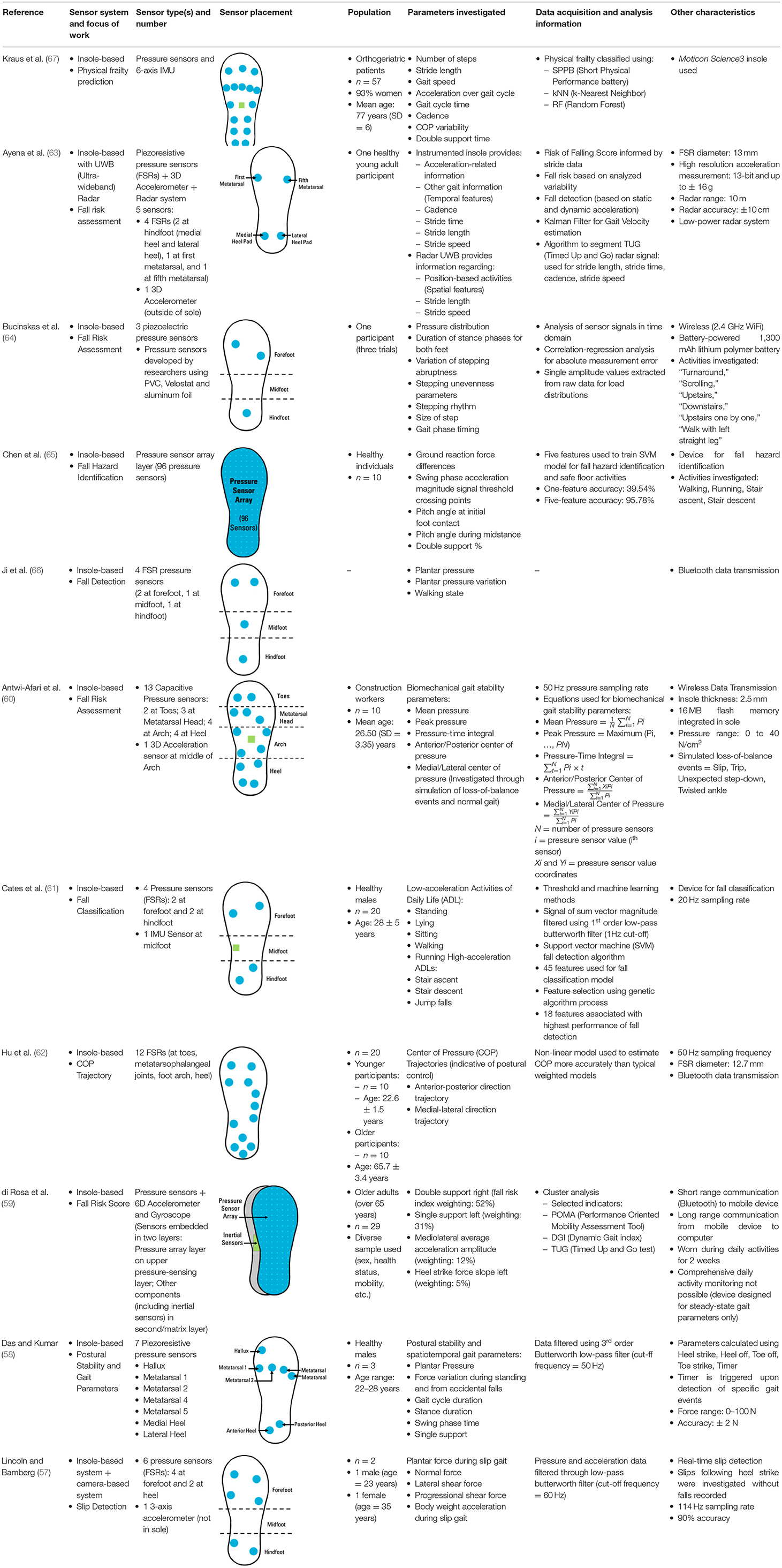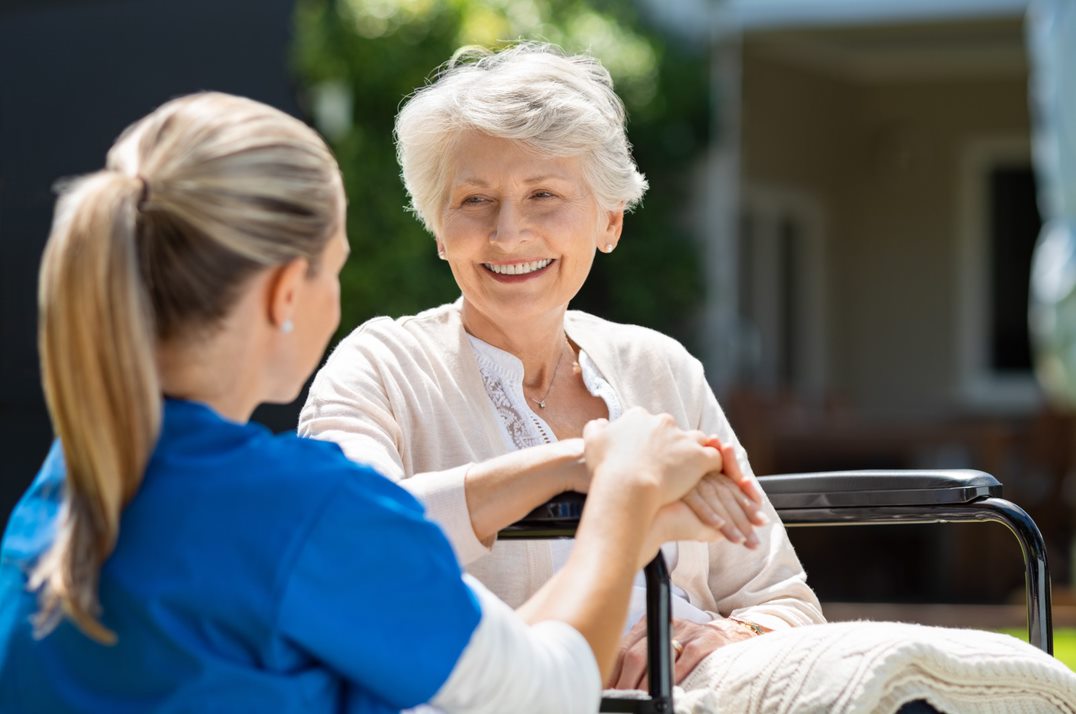The Ultimate Guide To Dementia Fall Risk
Table of ContentsThe 15-Second Trick For Dementia Fall RiskDementia Fall Risk for DummiesWhat Does Dementia Fall Risk Mean?Excitement About Dementia Fall Risk5 Simple Techniques For Dementia Fall Risk
Based on indications and signs and symptoms, such as proof of head injury or a new focal neurologic deficit, calculated tomography or MRI of the mind may be shown. An analysis for reasons for syncope need to be conducted just if there is strong uncertainty, as in the situation of reoccurring, unusual falls
Health care companies utilize a loss threat analysis to determine your danger factors for falling and make valuable referrals. An autumn threat assessment is essential since knowing which elements raise your possibilities of falling aids you: Reduce your danger of falling or harming yourself.
Optimize your capacity to move and be energetic. Keep a healthy, independent life. All grownups 65 years and older need to have a preliminary fall danger screening. Your health care provider may ask you whether you: Feel unstable when standing or strolling. Have fallen in the past year. Fret about dropping. If you address yes to any one of these inquiries, your health care copyright will advise an added, more thorough evaluation.
Dementia Fall Risk Things To Know Before You Get This

, and objectives particularly tailored to clients that are at danger for drops. A is specified as an occasion that results in a person coming to rest accidentally on the ground or flooring or other lower degree (THAT, 2021).
According to the Centers for Condition Control and Prevention (CDC),, creating over 34,000 fatalities for that age. Dropping is the 2nd leading reason of fatality from unintentional injuries around the world. Fatality from drops is a serious and native trouble amongst older people. It is approximated that loss fatality prices in the united state

Every year, over 800,000 clients are hospitalized as a result of drops. Nurses play a major role in preventing falls for their clients with education, evaluating fall threat, creating more secure settings, and supplying interventions in preventing injuries from drops. Several risk variables and problems add to drops, including the following:. Aged 65 years and older; lower limb prosthesis; use of assistive gadgets such navigate to this website as pedestrian, crane, and wheelchair; living alone.
Loss are due to several variables, and a holistic method to the individual and atmosphere is important. Suppose an individual is taken into consideration at high danger for falls after the testing.
Not known Facts About Dementia Fall Risk
A calls for utilizing a verified device that researchers have taken a look at to be helpful in naming the reasons for drops in an individual. As an individual's health and conditions modification, reassessment is required. The level of fall risk can be determined utilizing the analysis of inherent and extrinsic aspects. Standard evaluation devices can also be utilized (talked about listed below).
Individuals are more most likely to drop once more if they have maintained one or more drops in the previous six months. The older populace is at boosted threat of fall-related readmissions based on a research study determining the factors predictive of repeat falls associated outcomes (Prabhakaran et al., 2020).
Additionally, complication and damaged judgment boost the individual's possibility of falling. The ability of individuals to shield themselves from drops is impacted by such elements as age and development. these details Older individuals with weak muscular tissues are more probable to fall than those who keep muscular tissue toughness, versatility, and endurance. These changes include lowered aesthetic function, impaired color assumption, adjustment in center of mass, unstable gait, decreased muscular tissue stamina, decreased endurance, altered depth assumption, and delayed response and reaction times.
The Only Guide for Dementia Fall Risk
Much less comparison sensitivity was rather related to both enhanced prices of drops and various other injuries, while reduced visual acuity was just related to raised autumn rate (Wood et al., 2011). Sensory understanding of ecological stimuli is vital to security. Vision and hearing problems restriction the patient's ability to view dangers in the environments.
Older adults who have bad equilibrium or trouble walking are most likely to drop. These issues may be associated with lack of workout or a neurological reason, arthritis, or other medical conditions and treatments. An important danger aspect highlighted in a research is that grownups with rheumatoid arthritis go to high risk of falls, consisting of puffy and tender reduced extremity joints, tiredness, and use psychotropic drugs (Stanmore et al., 2013).